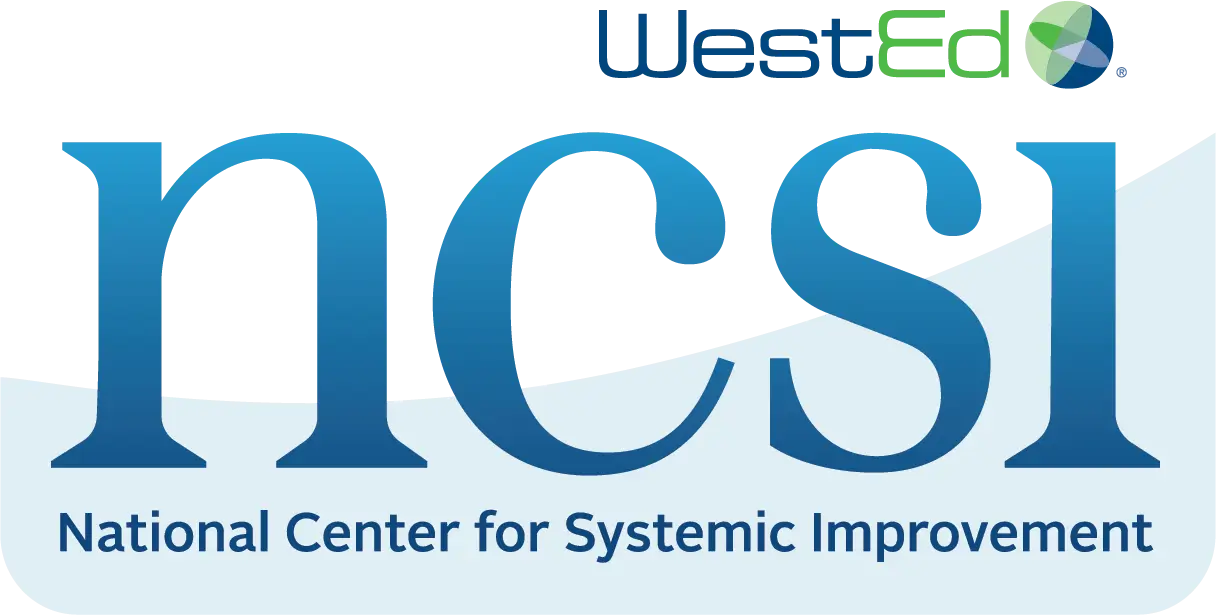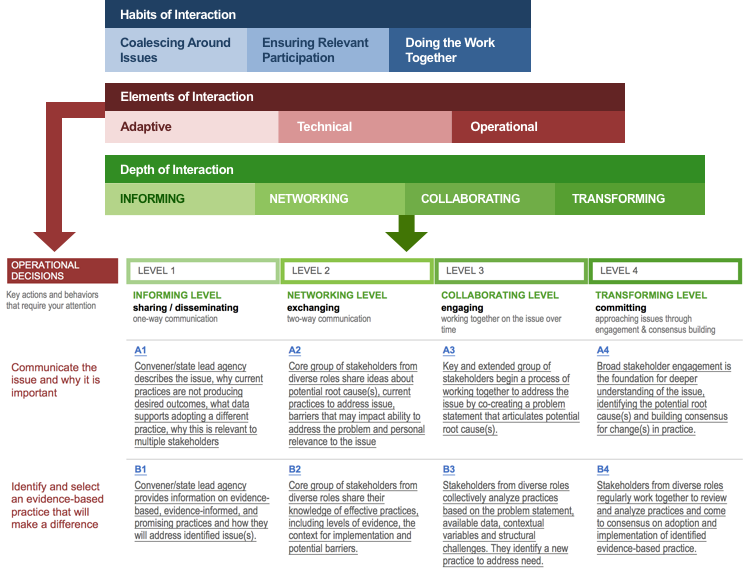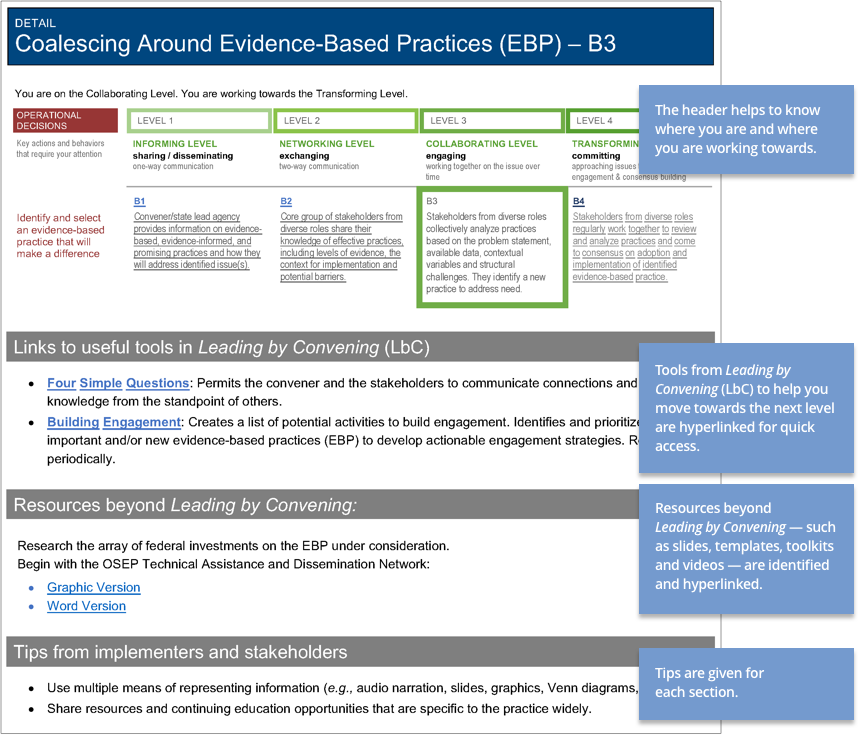On July 24, 2023, the Office of Special Education Programs (OSEP) released its “State General Supervision Responsibilities Under Parts B and C of the Individuals with Disabilities Education Act (IDEA): Monitoring, Technical Assistance, and Enforcement, Questions and Answers 23-01.”
The guidance (referred to as OSEP QA 23-01) outlines OSEP’s expectations for reasonably designed state general supervision and monitoring systems and supersedes (as well as consolidates) previously issued OSEP guidance. This resource is designed to support state
educational agency (SEA) staff in assessing their general supervision and monitoring systems, policies, procedures, and practices against the expectations outlined in OSEP QA 23-01. The resource is focused on Part B responsibilities under IDEA and is organized around the five sections of OSEP QA 23-01. Each of the five sections, (State General Supervision Responsibilities, Identification and Correction of Noncompliance, State Performance Plan/Annual Performance Report (SPP/APR), State Annual Determinations, and State Enforcement Through Determinations and Other Methods), delineates between expectations that are required versus recommended.



